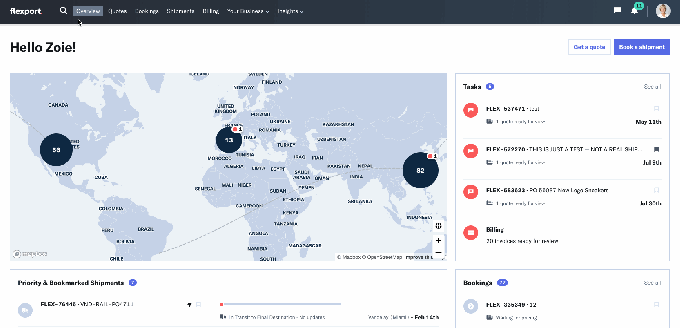General Motors is adding Amazon Alexa to the infotainment systems of its Chevrolet, Buick, GMC and Cadillac vehicles in the first half of next year — one of the broadest rollouts of an embedded Alexa Auto experience, the automaker said Wednesday.
The new in-vehicle Amazon Alexa experience will be added through a software update to model 2018 and newer cars, trucks and crossovers with compatible infotainment systems. In other words, customers don’t have to buy a new 2020 Chevy to get the Amazon Alexa feature.
The company made the announcement Wednesday in conjunction with Amazon’s Devices event.
The addition of Amazon’s Alexa follows GM’s announcement in early September that Google will provide in-vehicle voice, navigation and other apps in its Buick, Cadillac, Chevrolet and GMC vehicles starting in 2021.
GM used the Amazon announcement to highlight its ability to use vehicle connectivity and its “updateable” app framework to bring new features in its vehicles. These over-the-air software updates, first popularized by Tesla, have become increasingly important for automakers hoping to retain tech savvy customers who have become used to their constantly improving smartphones.
“GM’s updateable app framework and vehicle connectivity lets us provide customers with new technologies that enhance the ownership experience, even to customers with vehicles that are already on the road,” said Santiago Chamorro, vice president for Global Connected Services, GM. “Bringing the Alexa experience to our vehicles is an example of how we are listening to our customers’ feedback, and offering them the voice technology of their choice.”
The news also shows Amazon’s continued push into the automotive world. Amazon has been moving into the car for a few years now through the integration of Alexa and car-focused delivery services as well as direct investments in startups like Rivian. The ecommerce company launched its Amazon Key service to let customers give delivery drivers access to their house with the help of a compatible keypad on their door and a smart security camera. But in 2018, that service expanded to the car with its Key by Amazon In-Car delivery service.
GM and Volvo were the first participants in the Key by Amazon In-Car delivery service. Ford joined the in-car delivery service in April 2019.
The addition of Amazon Alexa into GM vehicles will let owners use voice commands to check the news, control smart home devices like lights or thermostats, and ask directions to points of interest or nearby restaurants. The Alexa directions feature is integrated with GM’s embedded navigation systems in the vehicle and OnStar Turn-by-Turn navigation using natural language.
GM owners will also be able to ask Alexa to play a specific song, artist, genre, or station, as well as audiobooks or podcasts. Alexa can fulfill the request by bringing up available streaming services.
Read Full Article








